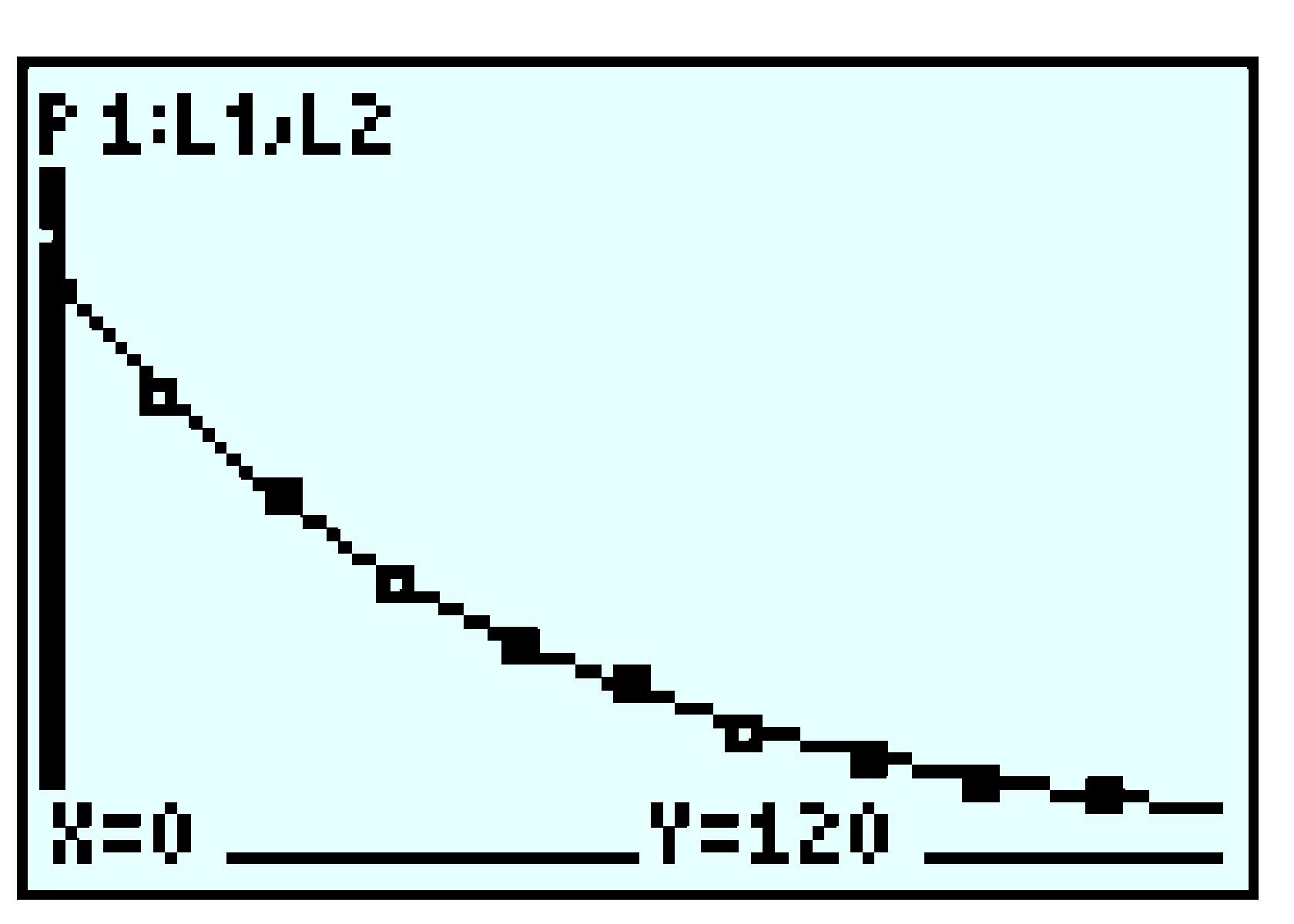We multiply both sides of the equation by the denominator, \(1 + be^{-kt}\text{,}\) to get
\begin{equation*}
P(1 + be^{-kt} ) = a
\end{equation*}
Then we isolate the power, \(e^{-kt}\text{,}\) as follows:
\begin{align*}
P(1 + be^{-kt} ) \amp = a \amp \amp \blert{\text{Divide both sides by }P.}\\
1 + be^{-kt} \amp = \frac{a}{P}\amp\amp \blert{\text{Subtract 1 from both sides.}}\\
be^{-kt} \amp = \frac{a}{P}- 1 \amp\amp \blert{\text{Rewrite the right side as one fraction.}}\\
be^{-kt} \amp = \frac{a - P}{P}\amp\amp \blert{\text{Divide both sides by }b.}\\
e^{-kt} \amp= \frac{a - P}{bP}
\end{align*}
Next, we take the natural logarithm of both sides to get
\begin{equation*}
\ln {e^{-kt}} = \ln{\frac{a - P}{bP}}
\end{equation*}
and recall that \(\ln {e^x} = x\) to simplify the left side.
\begin{equation*}
-kt = \ln{\frac{a - P}{bP}}
\end{equation*}
Finally, we divide both sides by \(-k\) to solve for \(t\text{.}\)
\begin{equation*}
t =\frac{-1}{k}\ln{\frac{a-P}{bP}}
\end{equation*}



















